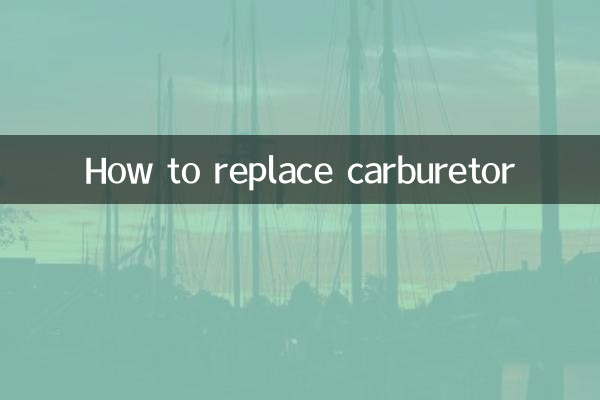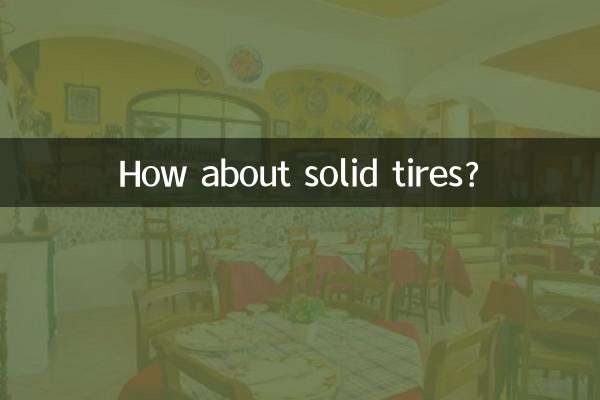How to Replace a Carburetor: Detailed Steps and Precautions
The carburetor is an important component in a motorcycle or small engine, responsible for mixing air and fuel to provide power. If the carburetor fails, it may cause difficulty in starting the engine, lack of power, or increased fuel consumption. This article details how to replace a carburetor and provides structured data to help you do it better.
1. Preparations for replacing the carburetor

Before you start replacing the carburetor, you'll need the following tools and materials:
| Tools/Materials | use |
|---|---|
| new carburetor | Replace old carburetor |
| screwdriver set | Remove the fixing screws |
| wrench | Loosen the oil pipe and connections |
| cleaning cloth | Clean oil and dust |
| sealant | Ensure interface sealing |
2. Steps to replace carburetor
Here are the detailed steps for replacing a carburetor:
| step | Operating Instructions |
|---|---|
| 1. Disconnect power | Make sure the engine is off and disconnect the negative battery terminal to avoid short circuiting. |
| 2. Remove the old carburetor | Use a screwdriver and wrench to loosen the set screw and disconnect the oil pipe and connecting cable. |
| 3. Clean interface | Wipe the carburetor interface with a clean cloth to ensure there is no oil dirt or impurities. |
| 4. Install new carburetor | Align the new carburetor with the interface, connect the oil pipe and lines, and secure with screws. |
| 5. Check the tightness | Apply a small amount of sealant to the joint to ensure there is no oil leakage. |
| 6. Test run | Reconnect the power supply, start the engine, and check if it operates properly. |
3. Precautions
Pay attention to the following when replacing the carburetor:
| Things to note | illustrate |
|---|---|
| Choose a matching model | Make sure the new carburetor exactly matches the engine model. |
| Avoid oil stains | Be careful not to let oil dirt enter the inside of the engine during operation. |
| Check connection | After installation is complete, carefully check that all connections are secure. |
| first start | There may be some abnormal noise when starting up for the first time, which is normal. |
4. Frequently Asked Questions
The following are some common problems and solutions that users encounter when replacing carburetors:
| question | Solution |
|---|---|
| Engine cannot start | Check whether the oil pipe is connected correctly and whether the carburetor is installed in place. |
| oil leak | Recheck the joint seal and replace the sealant if necessary. |
| Lack of motivation | Check whether the carburetor is adjusted to optimal condition and make fine adjustments if necessary. |
5. Summary
Replacing a carburetor is a job that requires patience and meticulousness. With the steps and precautions in this article, you can successfully complete the carburetor replacement. If you encounter any problems during operation, it is recommended to consult a professional maintenance personnel or refer to the vehicle manual.
Hope this article helps you! If you have other questions, please leave a message in the comment area for discussion.

check the details

check the details